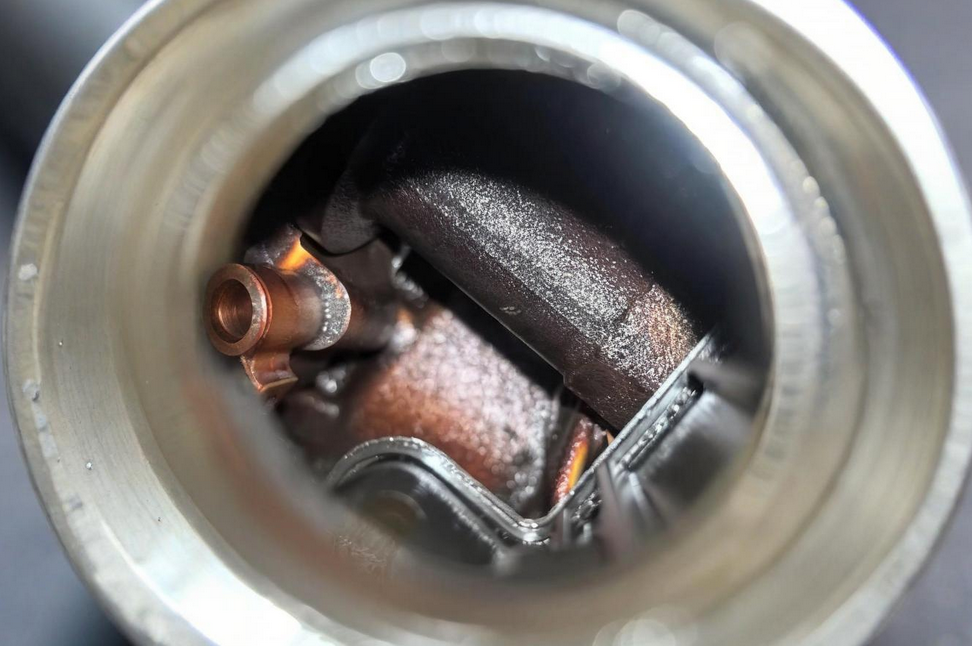E-mail seo@sino-purification.com

Time:2025-05-20 13:13:16 Reading volume:
The sludge (also called sludge precipitation or sludge) in transformer oil can be filtered, but the specific effect depends on the nature of the sludge, the type of oil filter and the choice of filtering process. The following is a detailed analysis:
- Source:
- Gel and asphalt are produced by transformer oil aging (oxidation, thermal degradation).
- A combination of solid particles (such as cellulose, metal wear debris) and oxides in the oil.
- Water or impurities accelerate the formation of sludge.
- Characteristics:
- Viscous, semi-solid, or solid may be suspended in the oil or deposited on the bottom/winding of the equipment.
- The particle size is uneven; some can be as small as sub-micron, and traditional filtration may be difficult to completely remove.

- Conventional mechanical filtration (such as plate and frame oil filter):
- Limitations: Only solid particles (>1µm) can be removed, and the effect on colloidal sludge is limited; and it is easy to clog the filter element.
- Applicable scenarios: When there is less sludge and the particles are larger, it can be used as a pretreatment.
- High-precision oil filter (such as vacuum oil filter, coalescence oil filter):
- Advantages:
- Combined with adsorption media (such as diatomaceous earth, activated clay), it can adsorb some colloidal substances.
- Some equipment is equipped with a heating system (60~70℃) to reduce the viscosity of the sludge and improve the filtration efficiency.
- Limitation: It is impossible to completely remove the stubborn sludge that has hardened on the winding or box.
- Electrostatic oil filtration technology:
- Effective for submicron colloidal particles, but it needs to be used in conjunction with other processes.
(1) Pretreatment: physical separation
- Sedimentation method: Let the transformer stand and let the sludge settle to the bottom, then extract the upper layer of oil for filtration.
- Centrifugal separation: Separate the denser sludge through centrifugal force (suitable for oil with high water content).
(2) Deep treatment: chemical + filtration
- Add sludge dispersant: break down large sludge into small particles for easy filtration (need to confirm compatibility with oil products).
- Adsorption purification:
- Use activated alumina or silica gel to adsorb colloid.
- Some oil filters integrate regeneration tanks (such as Fuller’s earth adsorbent).
(3) Removal of stubborn sludge
- Mechanical cleaning: If sludge adheres to the inside of the transformer (such as windings), it is necessary to shut down and clean it manually or mechanically (such as ultrasonic cleaning).
- Oil quality testing:
- Before filtration, test the acid value, dielectric loss (tanδ), and particle count to determine the severity of sludge.
- After filtration, it is necessary to verify whether the oil meets the IEC 60422 or GB/T 7595 standards.
- Filter element selection:
- Multi-layer gradient filter elements (such as glass fiber + cellulose) are recommended, taking into account both dirt holding capacity and precision (3µm~10µm).
- Temperature control:
- The heating temperature does not exceed 70℃ to avoid accelerating oil oxidation.
- If there is too much sludge or the oil quality is seriously deteriorated (acid value>0.5mg KOH/g), direct oil change may be more economical than repeated filtration.
Transformer sludge can be partially filtered, but it needs to be combined with pretreatment, adsorption purification, chemical assistance and other means. For severe sludge, it is recommended to contact a professional oil treatment company or transformer maintenance team to adopt a complete solution of offline oil filtration + equipment cleaning.